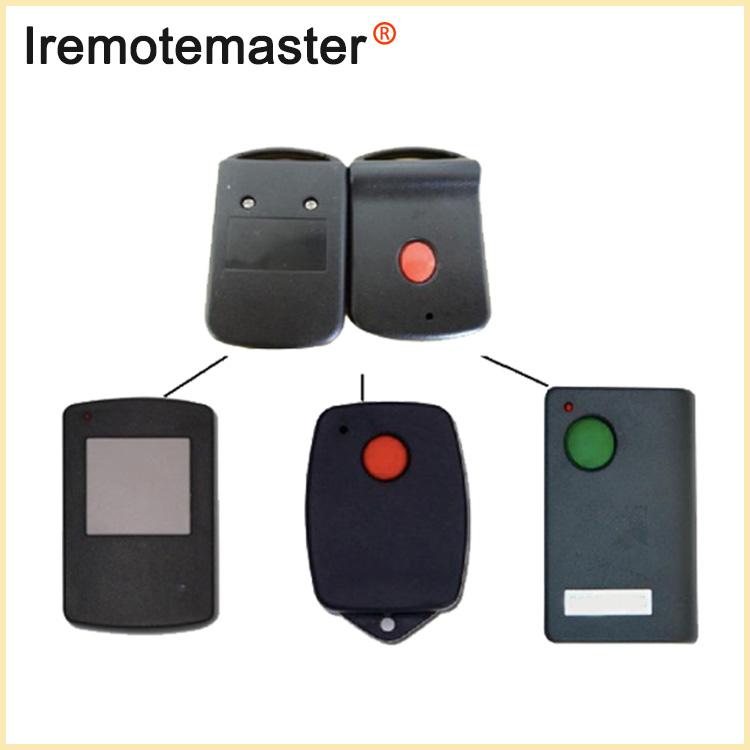Practical and convenient(smart home)
The basic goal of smart home is to provide people with a comfortable, safe, convenient and efficient living environment. For smart home products, the most important thing is to take practicality as the core, abandon those flashy functions that can only be used as furnishings, and the products are mainly practical, easy-to-use and humanized.
When designing the smart home system, the following most practical and basic home control functions should be integrated according to the user's needs for smart home functions: including smart home appliance control, smart light control, electric curtain control, anti-theft alarm, access control intercom, gas leakage, etc. at the same time, service value-added functions such as three meter CC and video on demand can also be expanded. The control methods for many personalized smart homes are rich and diverse, such as local control, remote control, centralized control, mobile phone remote control, induction control, network control, timing control, etc. its original intention is to let people get rid of cumbersome affairs and improve efficiency. If the operation process and program setting are too cumbersome, it is easy to make users feel excluded. Therefore, in the design of smart home, we must fully consider the user experience, pay attention to the convenience and intuition of operation, and it is best to use the graphical control interface to make the operation WYSIWYG.
Standardization(smart home)
The design of smart home system scheme shall be carried out in accordance with relevant national and regional standards to ensure the expansibility and expansibility of the system. Standard TCP / IP protocol network technology shall be adopted in system transmission to ensure the compatibility and interconnection of systems between different manufacturers. The front-end equipment of the system is multifunctional, open and expandable. For example, the system host, terminal and module adopt standardized interface design to provide an integrated platform for external manufacturers of home intelligent system, and its functions can be expanded. When functions need to be added, there is no need to excavate pipe network, which is simple, reliable, convenient and economical. The system and products selected in the design can make the system interconnected with the continuously developing third-party controlled equipment in the future.
Convenience(smart home)
A remarkable feature of home intelligence is that the workload of installation, commissioning and maintenance is very large, which requires a lot of human and material resources, and has become the bottleneck restricting the development of the industry. To solve this problem, the convenience of installation and maintenance should be considered in the design of the system. For example, the system can be debugged and maintained remotely through the Internet. Through the network, not only the residents can realize the control function of the home intelligent system, but also the engineers can remotely check the working condition of the system and diagnose the faults of the system. In this way, the system setting and version update can be carried out in different places, which greatly facilitates the application and maintenance of the system, improves the response speed and reduces the maintenance cost.
Lightweight type
"Lightweight" smart home products as the name suggests, it is a lightweight smart home system. "Simplicity", "practicality" and "dexterity" are its main characteristics, and it is also the biggest difference between it and the traditional smart home system. Therefore, we generally call smart home products that do not need construction deployment, can be freely matched and combined with functions, and are relatively cheap, and can be sold directly to end consumers as "lightweight" smart home products.


